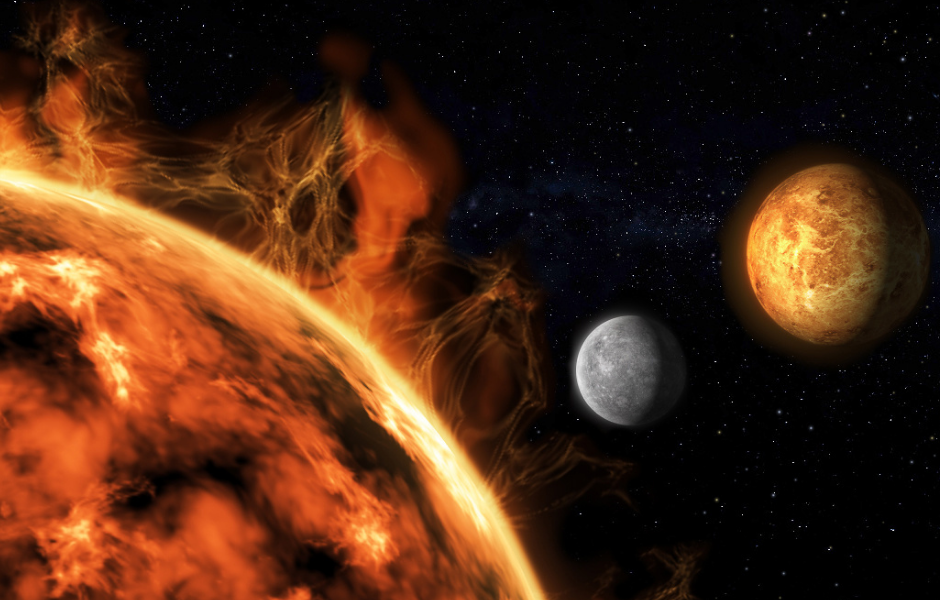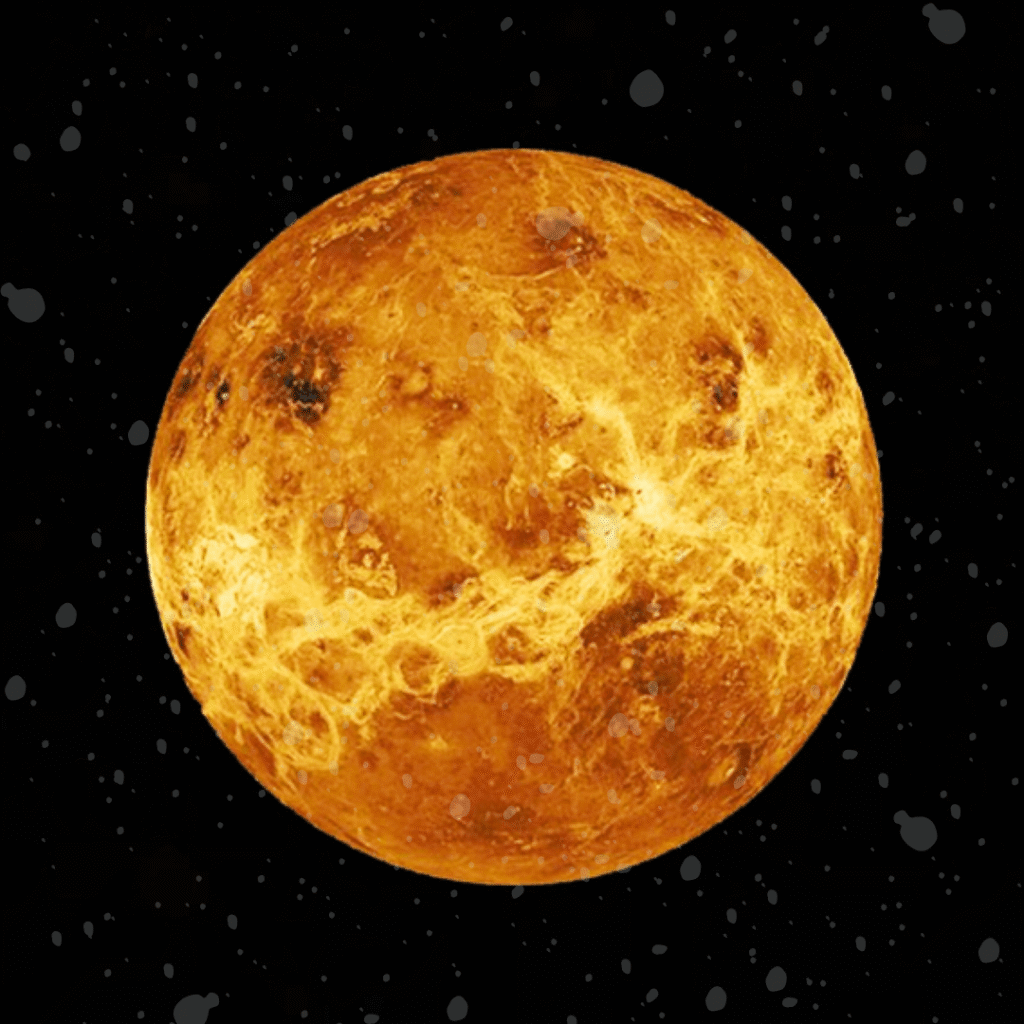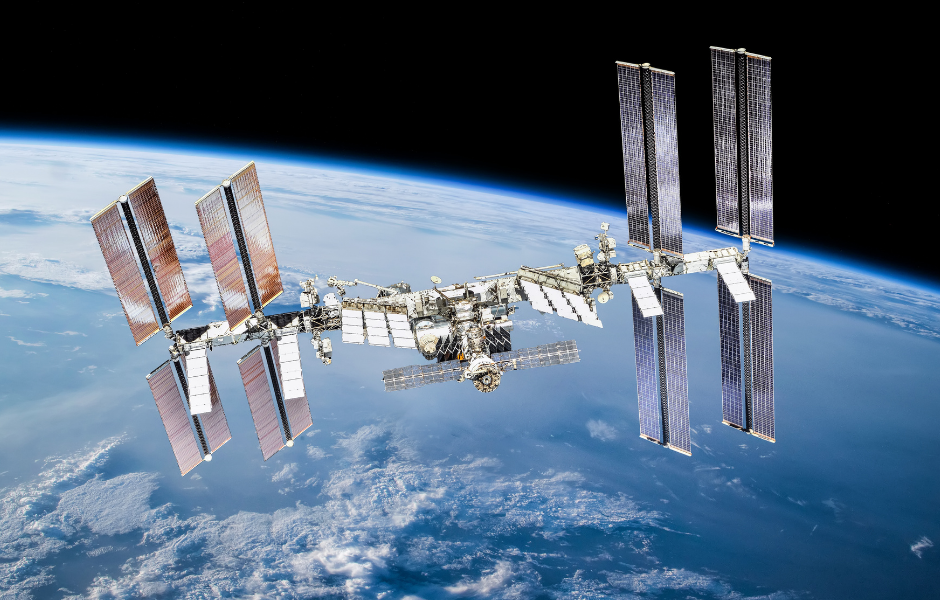
This children’s article, Hotter than Mercury? Meet Venus! has been written for native English speakers and learners of English as a second or foreign language. It helps children practise reading and comprehension, learn useful vocabulary, and explore our solar system. Written by Mark Pulley, a writer and teacher who creates fun and informative news articles for English learners.
Venus: the hottest planet
You might think Mercury is the hottest planet because it’s closest to the Sun. But in fact, Venus holds that record.
While Mercury’s surface can reach about 430°C in sunlight, Venus’s thick atmosphere traps heat, pushing temperatures above 460°C! That’s hot enough to melt some metals!
The greenhouse effect at work
Venus is wrapped in a thick layer of carbon dioxide, with clouds of sulfuric acid. This creates a powerful greenhouse effect, where sunlight enters but heat can’t escape.
On Earth, a mild greenhouse effect keeps us warm enough to live. On Venus, it runs wild and makes the planet feel like a giant oven.
Why Mercury stays cooler
Mercury has almost no atmosphere to hold heat. Once the Sun’s rays hit its surface, much of that warmth radiates back into space. As a result, daytime temperatures are scorching, but nights can plunge below –180 °C!
A scorching surprise
Even though Venus is farther from the Sun than Mercury, its runaway greenhouse effect makes it the hottest planet in our solar system. Scientists study Venus to understand climate change, both on other worlds and on Earth.
If you want to learn more about Venus, you can visit NASA’s Venus Exploration page for pictures and mission updates.

Article vocabulary list
- Venus – The second planet from the Sun, known for its thick clouds and extreme heat.
- Atmosphere – The layer of gases that surrounds a planet.
- Greenhouse effect – When gases trap heat in a planet’s atmosphere.
- Solar system – The Sun and all the planets and objects that orbit it.
- Radiate – To send out energy, such as heat or light.
- Carbon dioxide – A gas in Venus’s atmosphere that helps trap heat.
- Surface temperature – How hot or cold the outside of a planet is.
Comprehension questions
Just click the plus (+) to see the answer
1. Which planet is the hottest in our solar system?
a) Earth
b) Mercury
c) Venus
Answer: c) Venus
2. What causes Venus’s extremely high temperatures?
a) Its fast rotation
b) A thick atmosphere and greenhouse effect
c) Its distance from the Sun
Answer: b) A thick atmosphere and greenhouse effect
3. Why does Mercury cool off quickly at night?
a) It has a thin atmosphere
b) It is farther from the Sun
c) It has icy poles
Answer: a) It has a thin atmosphere
4. What gas on Venus traps heat?
a) Oxygen
b) Nitrogen
c) Carbon dioxide
Answer: c) Carbon dioxide
5. What can studying Venus teach us?
a) How to build rockets
b) How climates change on other planets and on Earth
c) How to find water on Mercury
Answer: b) How climates change on other planets and on Earth

Mark is a writer and EFL teacher from England with eight years’ experience. He’s passionate about travel, sport (especially football), animals, nature, and history, and enjoys helping children explore the world through language and learning.




